Subscribe for all my updates and don't miss a thing! Sign me up!
Jamaican Drums
Their Influence On Jamaica's Culture
Sharing Is Caring! Share this awesome content with your friends now.
by Venesha Johnson | Associate Writer
We don’t hear drums used in day-to-day music production in Jamaica or even being played at events very often today. But, the use of drums in Jamaica can be traced way back, making them a significant part of our history and culture. The drums actually tell us a lot about our heritage and where the Jamaican people come from. Drums are now mostly played at cultural events.
New! Take a piece of Jamaica with you💃!
Savour the memories! Now you can get your authentic Jamaican souvenir items, as well as traditional Jamaican herbs, spices and housewares on our popular e-store. Click Here to learn more.
And, if you ever need a trustworthy and knowledgeable local guide, consider booking a private tour with us!
Despite the decline in their use, they are undoubtedly influential to the sound of our music, and these drums were a major part of it.
1. The Harp - Bass, Funde, Keteh
These three drums were first used in Buru music, a leisurely African drumming and dancing style. As you know, the Rastafarian culture is a huge part of Jamaica’s culture and their unique nyabinghi drumming style, in which the three drums are collectively referred to as The Harp, has been greatly influenced by Buru.
- The double-headed bass drum, commonly known as the "Thunder," is played with a cushioned stick. The first and third beats provide a steady, consistent stroke that supports the melody.
- The Funde (fundeh) is a hand-played, cylindrical, single-headed drum. The heartbeat rhythm, which is the essence of Nyabinghi music, is carried by it. The funde player rarely improvises since maintaining the heartbeat rhythm is so crucial.
- The Keteh (or Repeater) is the smallest and has the highest pitch of the three. It too is a hand-operated, single-sided cylindrical drum. The keteh player improvises a lot while playing on the second and fourth beats.
The Maroons also play the bass and the repeater, a spherical drum played with sticks.
2. Gumbeh (Goombay)
The Gumbeh is a single-sided, square, leg-supported drum from Jamaica, primarily utilised by Maroons. It is made with an inside, smaller drum (called "The Inner Baby"). Playing the Gumbeh involves using the hands.
3. Kumina Drums: Kbandu and Playing Kyas
Of all the folk traditions practised in Jamaica, Kumina is thought to be the most African. It is a dancing ritual with aspects of both the sacred and the profane. Spirit possession is a manifestation of this communion with ancestor spirits, which is the centre of its sacred aspect.
The Kumina custom was first practised by African indentured labourers who arrived in Jamaica after the end of slavery in the parish of St. Thomas, where it remains the strongest today.
Rum libations are given to placate the spirits of the goat skin and the wood before Kumina drums are made. Rum (and occasionally sugar water) is rubbed onto the skin of freshly constructed drums to consecrate them.
Drummers adjust the pitch and tone of the drums while seated atop them using their heels as well as their fingers and hands. A second musician uses "katta tick" sticks to play a separate rhythm on the side of the drum while seated at the drum's rear.
- The Kbandu, which is pronounced "bandoo", is thought to be a drum for men. Its diameter is around 14 inches, and its length is about 20 inches. It is a hand-played, single-sided drum.
- The Playin Kyas have a higher pitch and are regarded as female. It is somewhat smaller than the Kbandu but looks similar. The rhythm played on this drum is more intricate than that of the Kbandu.
The Playin Kyas rhythms are used to call forth spirits in general as well as to connect with particular spirits. Different rhythms are responsible for “calling” each spirit.
4. Tambu
The Tambu drum was once used to connect with long-dead ancestors, much like Kumina drums are now.
In the parish of Trelawny, where indentured Africans also resided, the drum gave its name to dancing music. Both Kumina and Tambu appear to have come from the Congo, though Tambu is currently primarily performed for amusement.
While another player knocks katta sticks on the side of the drum, the primary musician stands astride it and utilises his heel to change the pitch while playing with his hands.
5. Djembe, Bongo, Conga
The Caribbean is home to many of these drums.
The Djembe, pronounced "jimbeh," is single-headed, has a goblet-like form, and comes in various sizes. Pairs of players hold bongo drums between their knees as they play. Drums used for congas are tall, cylindrical, and open at one end. All games include using your hands. Congas can occasionally be played with sticks in groups of two or three.
Sharing IS Caring! Please help me get the message out by sharing this article with your friends on social media (links below). Thnx ;-)
If you found this page useful, please consider subscribing to my weekly newsletter, to get even more.
It tells you each week about the new information that I have added, including new developments and great stories from lovers of Jamaica!
Watch Video! Rastafari Drumming & Chanting At RASTA Indigenous Village | IRITS Event

Return to Jamaican Music from Jamaican Drums
Return to My Island Jamaica Homepage from Jamaican Drums
References & Sources For Jamaican Drums
- Traditional Jamaican Drum, https://www.real-jamaica-vacations.com/jamaican-drum.html
- The dawning of the drum | Entertainment | Jamaica Gleaner, https://jamaica-gleaner.com/gleaner/20121104/ent/ent21.html
New! Get My Latest Book👇🏿
|
You asked, I've answered! You no longer need to save for months or years, to enjoy paradise! I spilled the beans! sharing my top tips on finding cozy accommodations and secret gems, only the way a native could! Click Here to pick it up on my e-store and start saving now! |
See The Best Of Jamaica - In Videos!
|
My channel reaches over 140,000 subscribers worldwide and has leveraged over 11 million views, sharing, what I call 'The Real Jamaica'. Subscribe today and join our family of viewers. |
Read More ...
New! Experience The REAL Jamaica!
Book Your Private Tour here and experience Jamaica the way we (locals) do!
P.S. Didn't find what you were looking for?
Still need help?
Click Here to try our dependable and effective Site Search tool. It works!
Or, simply click here and here, to browse my library of over 500 questions and answers! Chances are someone already asked (and got an answer to) your question.

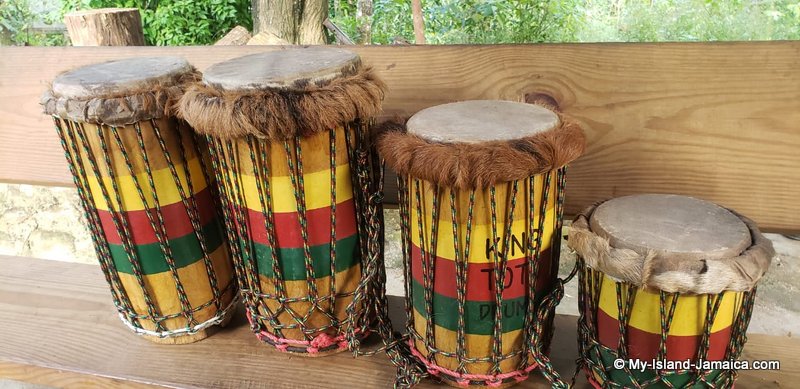
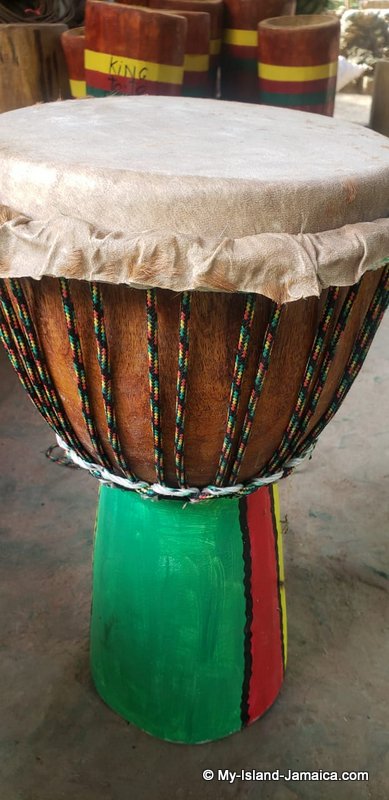
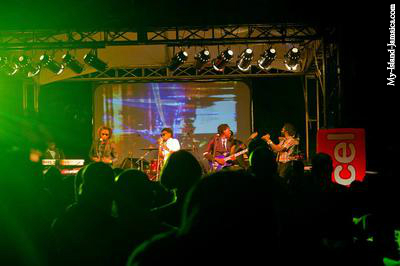
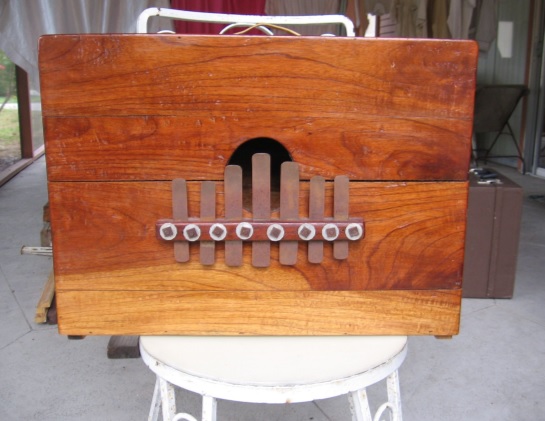
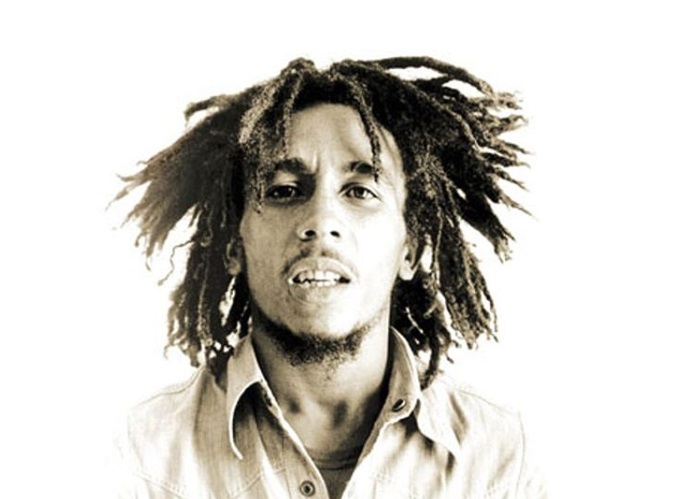
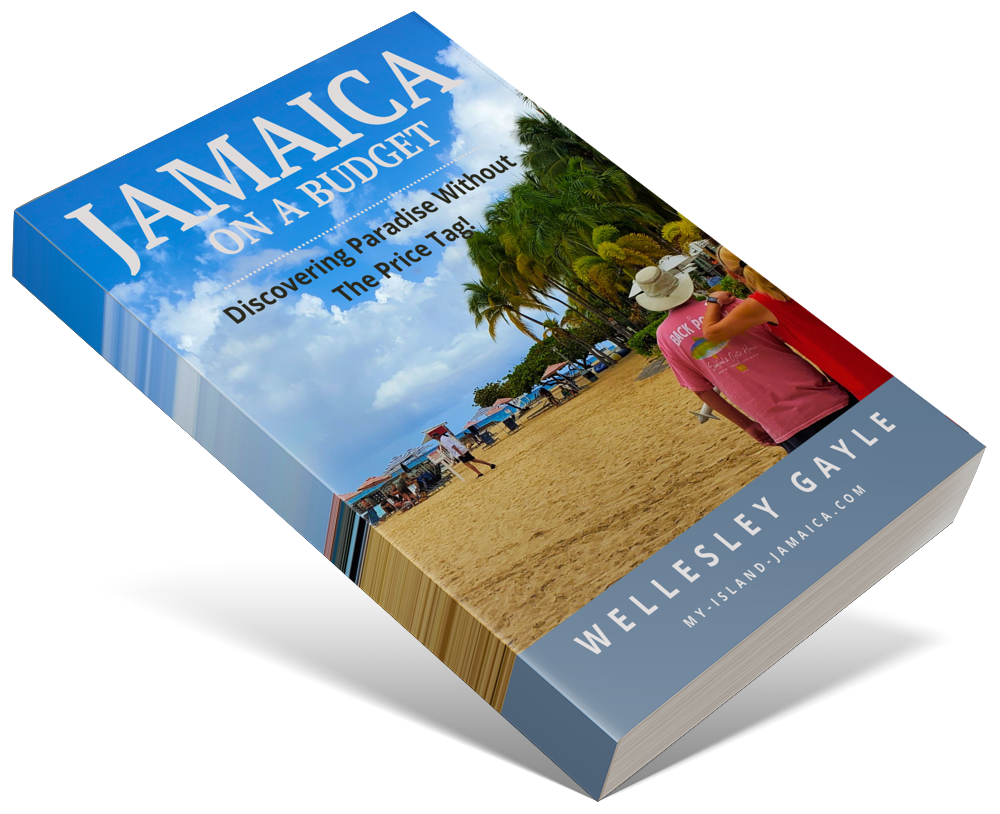
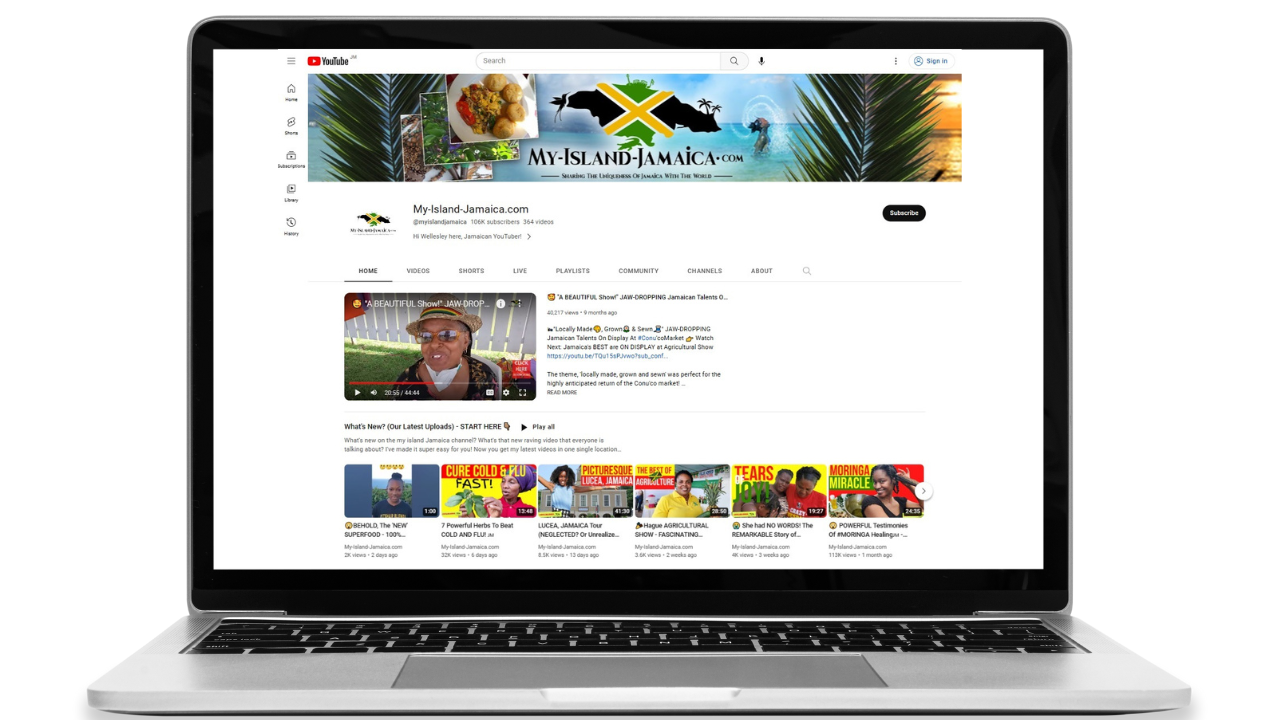

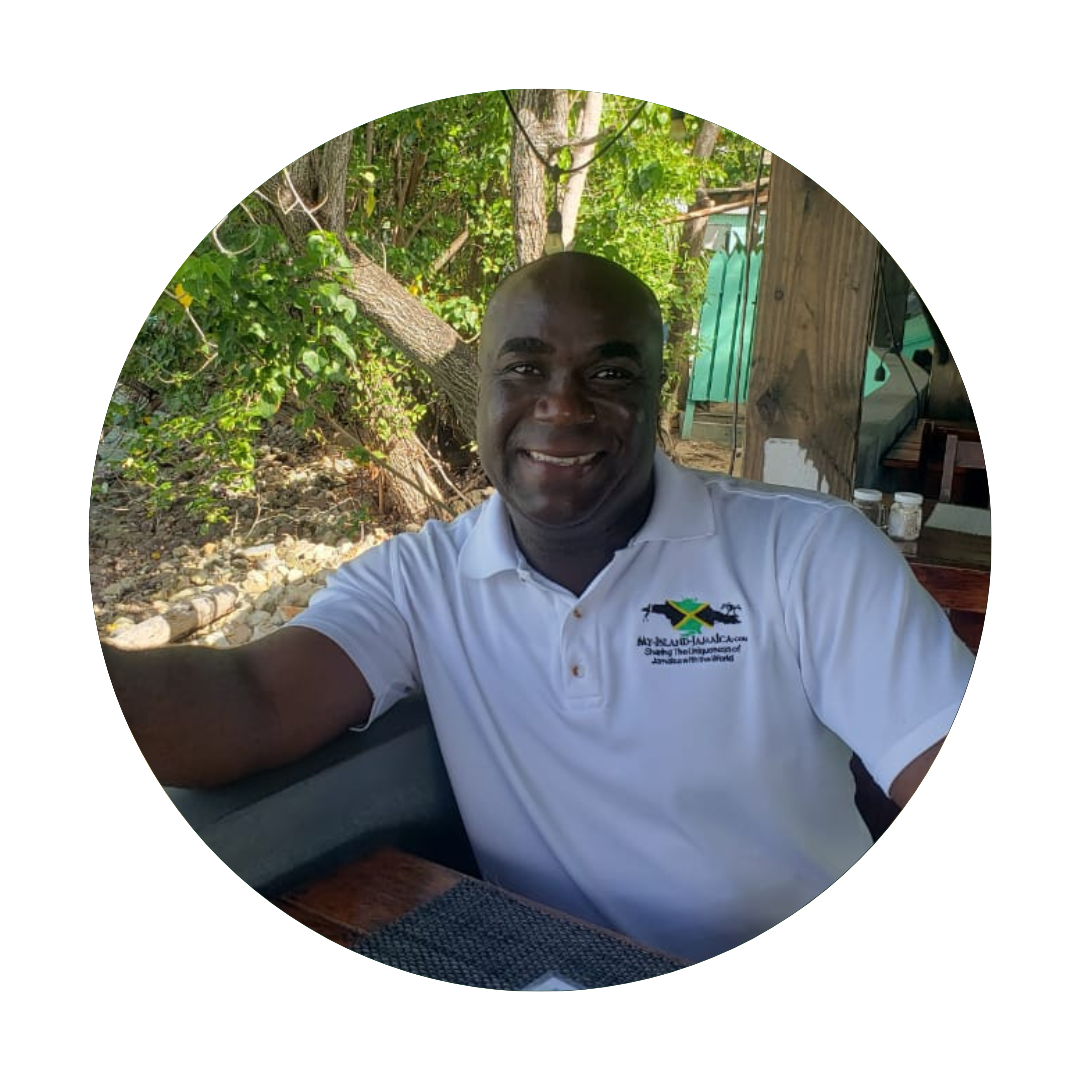
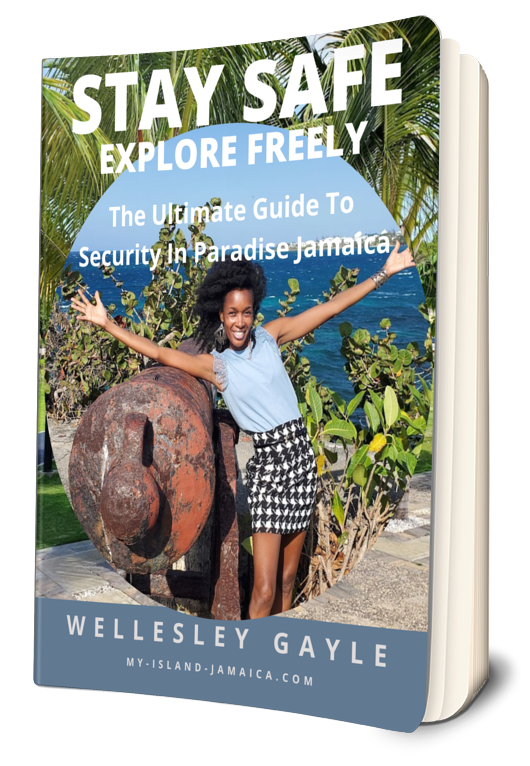





New! Comments
Have your say about what you just read! Leave me a comment in the box below.